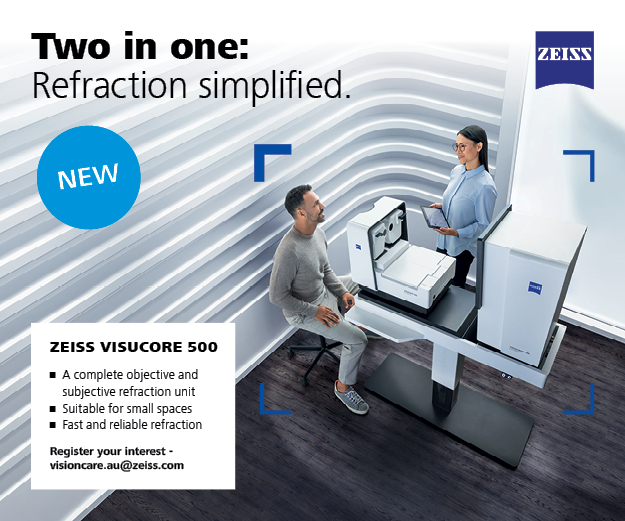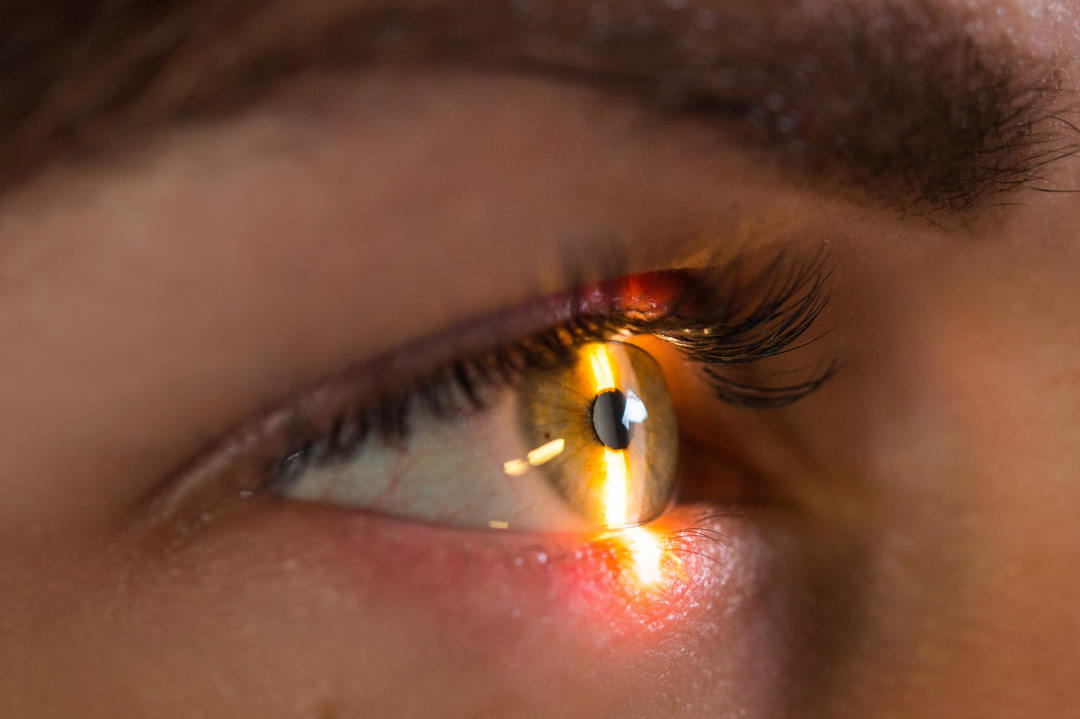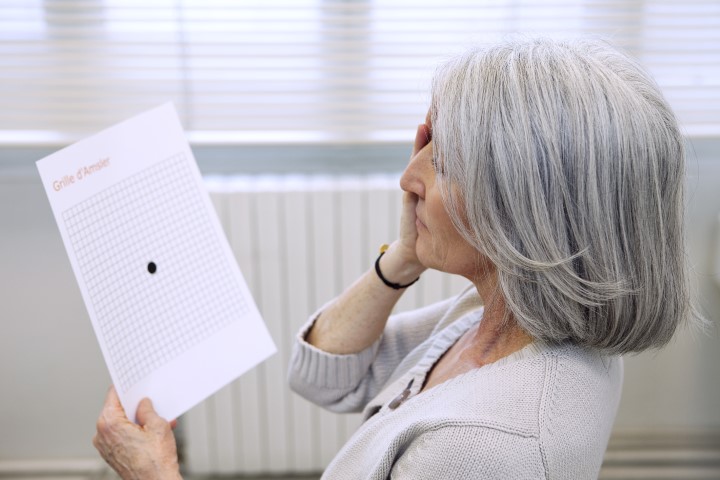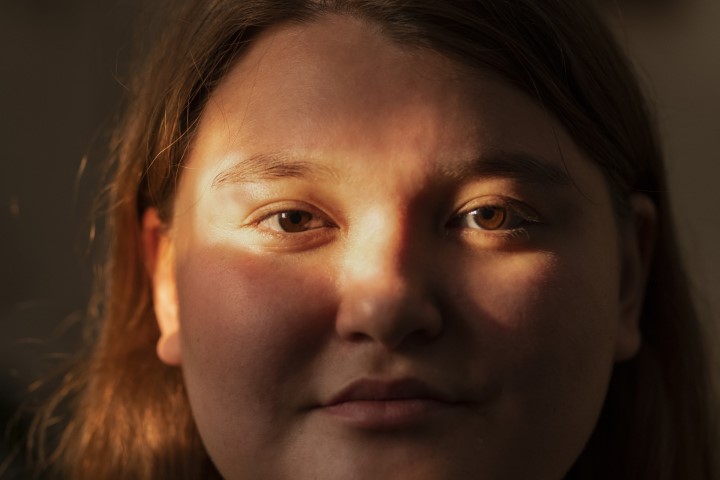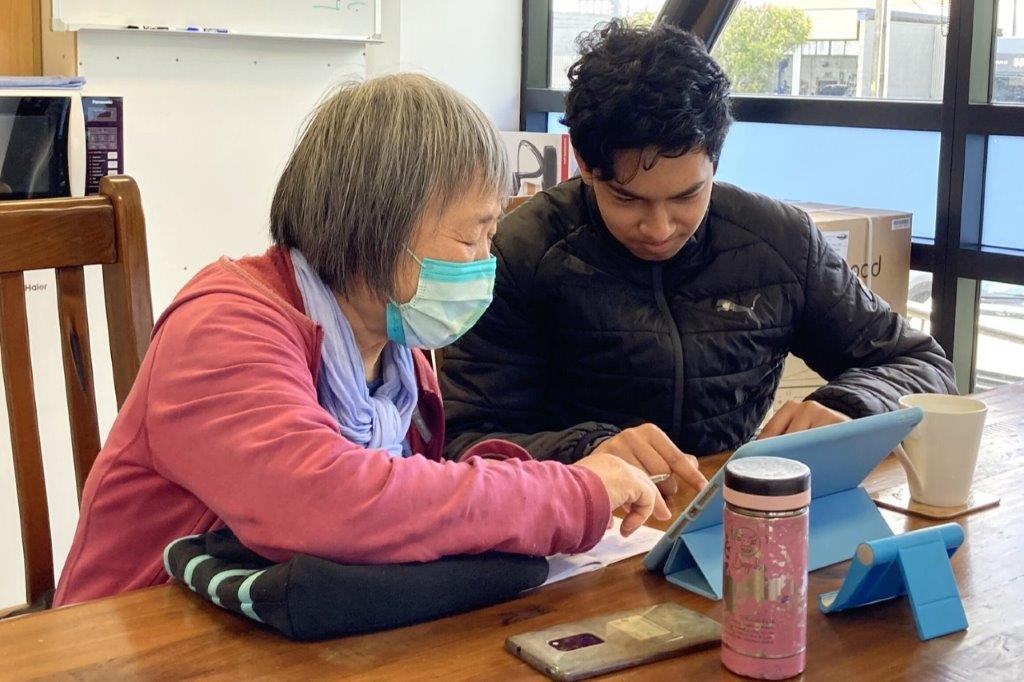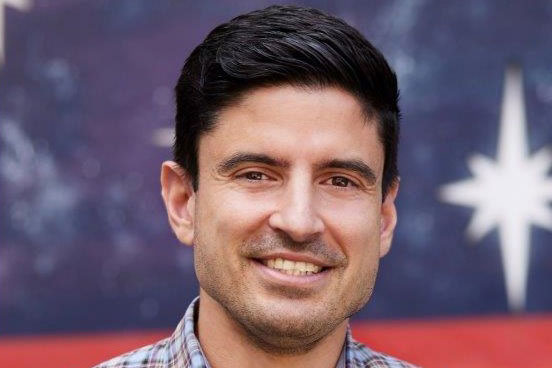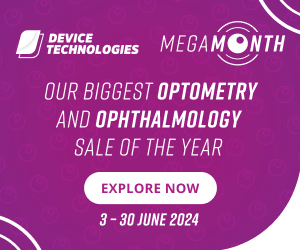eSight now in NZ
Eyewear technology company, eSight, has launched its new generation eSight 3 electronic autofocus wearable magnifier in New Zealand and Australia. This hands-free low vision glasses technology aims to help visually-impaired patients see in much the same way as sighted people do, allowing them to carry out everyday activities.
In New Zealand, eSight’s September launch was hosted by Low Vision Services in Remuera, Auckland, the country’s first ‘eSight-authorised dispensing clinic’.
Low Vision Services optometrist Naomi Meltzer says she contacted a number of people from across New Zealand who had expressed an interest in the technology on eSight’s website, and to her surprise, she says, seven families flew in from across the country to try eSight for themselves. Patients keen to try eSight ranged from 5–77 years old and suffered from a range of sight-affecting conditions including albinism, ocular hypoplasia and macular degeneration, said Meltzer. “All demonstrated a huge, measurable improvement in distance acuity with eSight and all were able to read small print at near range.”
The glasses, which look like something from Star Trek, feature a high-speed, high-resolution camera, which captures what the user is looking at in real time. The video is then fed through an algorithm, which instantly processes the video, enhances it and displays it on two, organic LED screens positioned close in front of the user’s eyes.
One young lady, Britnee (pictured) was delighted with what she could see, added Meltzer. “She had a beaming smile the whole time.” Britnee later commentated that she felt somewhat overwhelmed by the experience. “I don’t know whether to laugh or cry. It’s very cool.”
Another patient, Corran, a 13-year-old boy said distance was a lot better, though because his eyes had to adapt they did get tired faster. “It’s like a camera, on steroids.” While Neelu, described by Meltzer as “a very active lady, who loves running” commented, “Amazing. Revolutionary. For someone who is just starting the visually impaired journey it would be awesome. But for someone like me, who is used to using peripheral vision, it makes me feel uncomfortable.”
The eSight electronic, autofocus magnifier device is suitable for those conditions with a central field loss such as macular degeneration, Stargardts, ocular albinism, nystagmus, optic nerve hypoplasia, retinopathy of prematurity and achromatopsia. Ideally the patient should have reasonably intact peripheral vision, so eSight is not as suitable for conditions such as advanced glaucoma or retinitis pigmentosa, said Meltzer, adding it’s most suited for those with vision from 6/24 to 6/240, with eSight providing magnification up to 24 times with autofocus from distance to near. The low vision glasses can take photos, be custom fitted with the patient’s distance prescription and function independently of wifi, with a battery life of nine hours.
Two people from the trial were so impressed they ordered the new device straight away, said Meltzer. “It is all very exciting and very satisfying, but it has to be approached with realistic expectations as it’s not going to be the technology of choice for everyone. We are so fortunate to have an ever-growing range of options available for low vision patients; anything that improves the life of a person with low vision is a win!”
ESight glasses are being distributed in New Zealand through Designs for Vision for a cost of $17,600, plus an additional $300 for the eSight frame with distance prescription lenses fitted.





